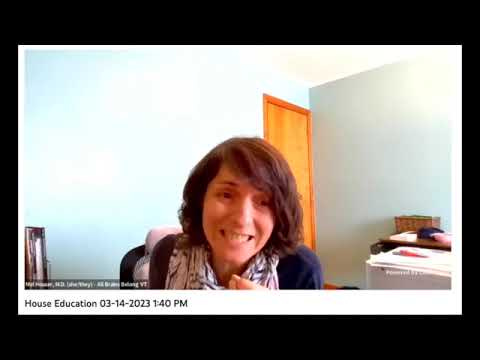On Tuesday, March 14, the House Education Committee took testimony on a bill, H. 409, An act relating to keeping Vermont students safe by restricting the use of restraints and seclusion in schools, from Dr. Mel Houser, Executive Director of All Brains Belong. The bill was crafted to deal with the fact that an alarming number of very young students in Ve…
Keep reading with a 7-day free trial
Subscribe to Behind the Lines: Rob Roper on Vermont Politics to keep reading this post and get 7 days of free access to the full post archives.



